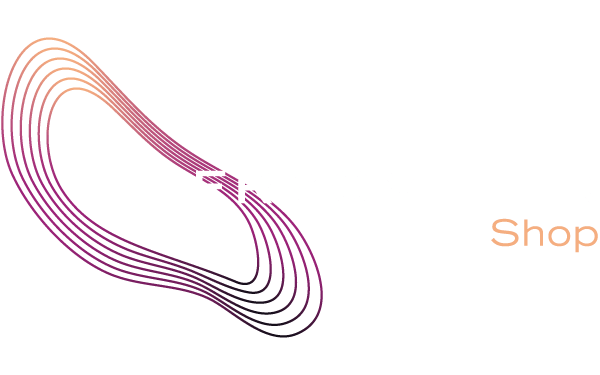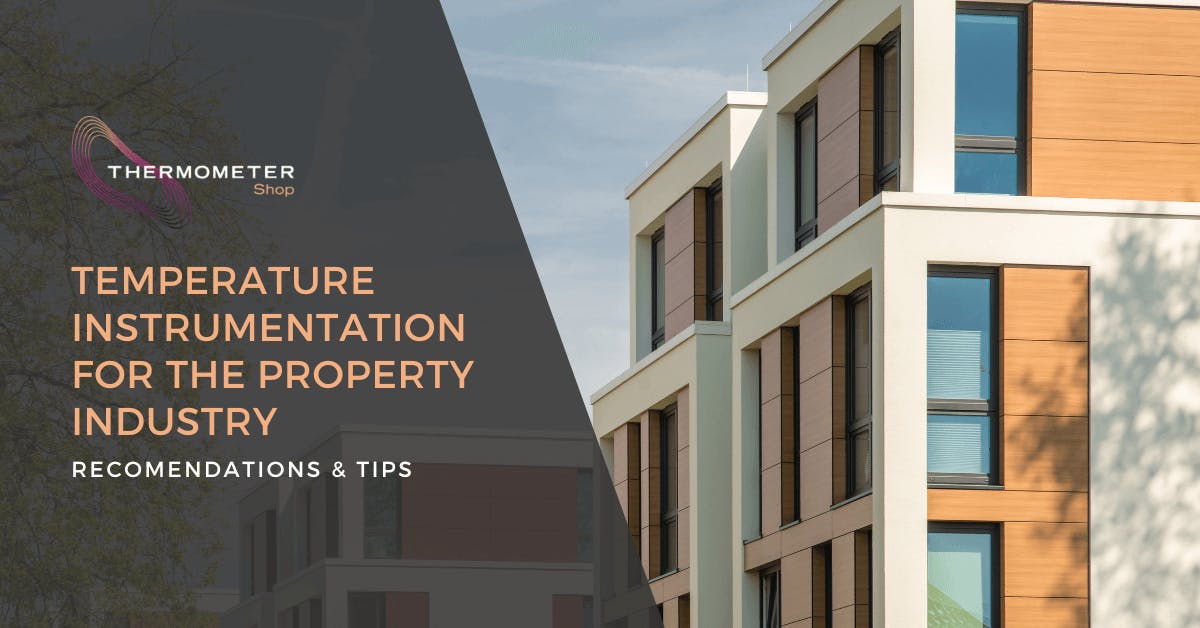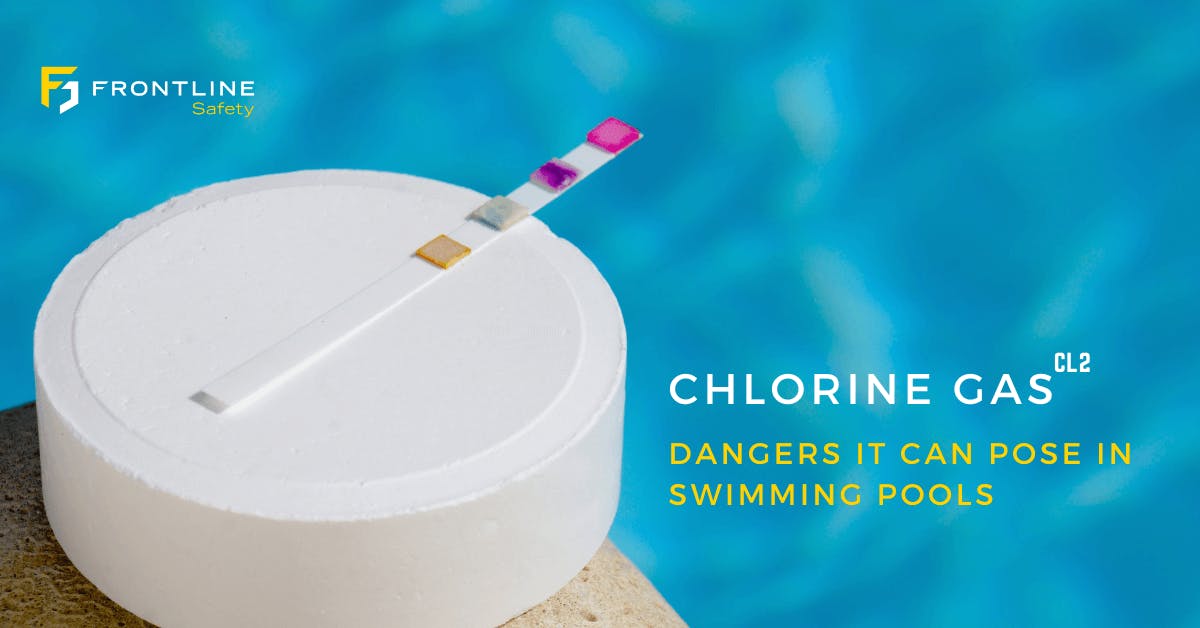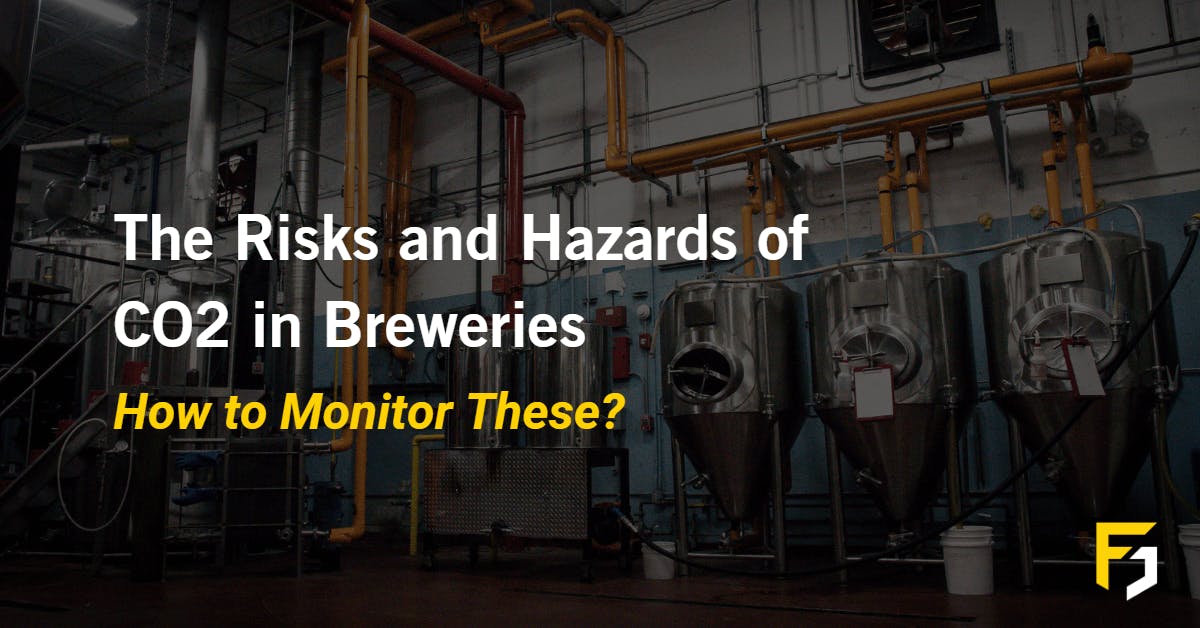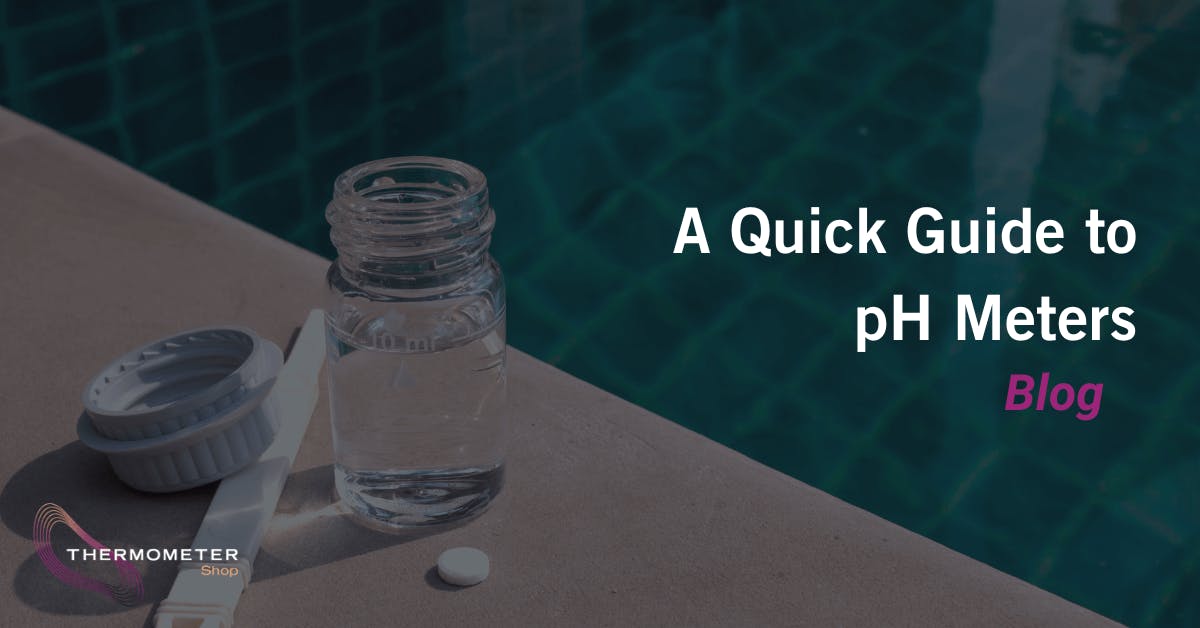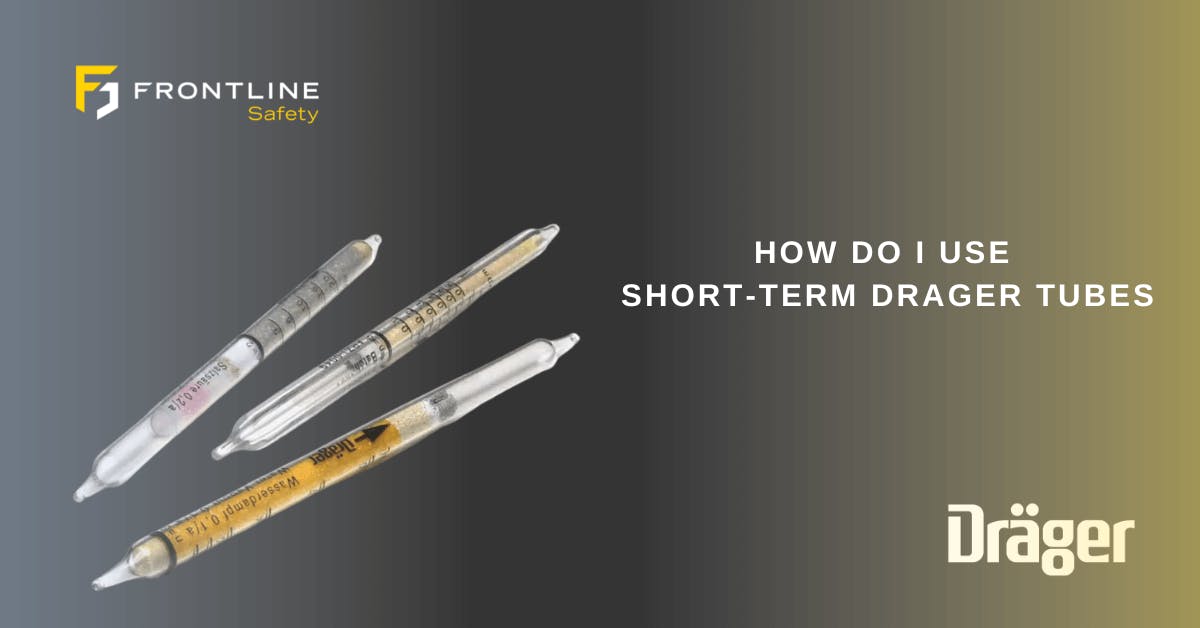
MiniRAE Lite & MiniRAE 3000+ PID Detectors - What are the Differences?

RAE Systems are known for their Volatile Organic Compound (VOC) Monitors. In this guide, we'll cover the key differences and similarities between the MiniRAE Lite and MiniRAE 3000+.
The table above shows some key features from both detectors. We’ll aim to expand on these so you can determine which monitor is suitable for your application.
Both the MiniRAE Lite and MiniRAE 3000+ Photoionization sensor is a standard 10.6 eV lamp, with the MiniRAE 3000+ also having the option to buy with a 9.8 eV or 11.7 eV lamp. Additionally, both have ingress protection rated to IP65 when the device is in use. There is just one slight difference here in that the 3000+ is rated to IP-67 when the unit is switched off and is without its flexible probe. This meaning they are both 'dust tight' and protected against water projected from a nozzle. These rugged monitors also have an incredibly fast response time (T90 <3 seconds).
Active Gas Sampling
The MiniRAE Lite and MiniRAE 3000+ both have an internal sampling pump capable of sampling from 100 feet (30m) either vertically or horizontally. The MiniRAE 3000+ has a slightly higher flow rate of 500 cc/min compared to 400 cc/min flow rate of the Lite. To add to this, they both automatically shut off the pump at a low-flow condition.
Data Logging and Wireless Connectivity
Both these monitors log up to 6-months worth of data, at 1-minute intervals. and are compatible with ProRAE Studio II where data can be downloaded and analysed. However, the MiniRAE Lite does not include a ProRAE Studio package and this must be purchased separately.
The MiniRAE 3000+ has a built-in wireless modem allowing real-time data connectivity from up to 2 miles away. This can be done via Bluetooth connection to a RAELink 3 or via Mesh Network. To further showcase its connectivity abilities the 3000+ also has a BLE module and dedicated app for enhanced data logging. The MiniRAE Lite also has the upgrade option of a BLE module for wireless connectivity.
What is best for you?
These monitors have high and low alarms settings, with a loud, 95 dB audible alarm and bright red flashing visible alarm. The MiniRAE 3000+ has additional alarm settings for STEL and TWA alarms. This allows users to set permissible exposure limits and measure average exposure over a certain period.
Both monitors are extremely reliable handheld volatile organic compound (VOC) monitors. This is thanks to Reflex PID Technology that enhances measurement stability and accuracy. Additionally, the MiniRAE 3000+ benefits from a third-generation patented PID technology and with over 200 compounds in its integrated RAE correction factors list. It can measure one of the highest levels of ionizable chemicals available on the market.
What monitor is best suited to you, really depends on your application. The MiniRAE Lite is perfect for Environmental or Construction applications whereas the MiniRAE 3000+ is best suited for Hazmat, Oil and Gas, Leak Detection and Industrial Safety.
Please note: The MiniRAE Lite comes in Non-ATEX and ATEX Rated versions.
Both monitors are available to Buy at Frontline Safety.
For more information regarding your requirements contact our expert Sales team on 0141 771 7749.
Alternatively, reach us here.
